First filed 19 March.
Ahead of next this weekend’s Australian Grand Prix the sport’s new new tyre supplier Pirelli has announced it will use coloured labelling on the sidewalls to differentiate between its different tyres during the 2011 Formula One season.
At each Grand Prix four types of tyres will be available; wets, intermediates, primes and options. The prime and option tyres are slicks and will be nominated before every race from a range four different compounds; supersoft, soft, medium and hard.
For example, the first three Grands Prix this year—Australia, Malaysia and China—will use the hard compound for the prime tyres and the soft compound as the options.
A total of six colours will be used to tell each tyre apart:
- Wet – orange
- Intermediate – light blue
- Supersoft – red
- Soft – yellow
- Medium – white
- Hard – silver
To begin with Pirelli wants to have at least one full step between the prime and option tyres. Meaning teams would not have the choice between the supersoft and soft at the same race.
There’s a series of handy reference images below as well as Pirelli’s press release.
Pirelli shows its colours heading to Australia
Milan, March 18, 2011 – Italian firm Pirelli, embarking on the first season of a three-year agreement to supply Formula One with tyres, has revealed the colours that will be used to distinguish the six different types of tyre that will be used throughout the season.
In order to tell the six tyres apart, each will carry its own distinct colouring on the Pirelli and PZero logos affixed to the sidewall. Under the sport’s rules, only two compounds of slick tyre – known as the prime and the option – will be used for each race. In addition to this, intermediate and wet tyres can be fitted if it rains.
The colours reflect the unique personality of each tyre, enabling viewers to tell instantly not only which is the prime and the option tyre, but also exactly which type of tyre is fitted to each car.
The six colours are as follows:
- Wet – orange
- Intermediate – light blue
- Supersoft – red
- Soft – yellow
- Medium – white
- Hard – silver
The wet tyre is used in case of heavy rain, while the intermediate is for a damp or drying track. The supersoft provides plenty of speed at the expense of durability, while the soft tyre lasts a bit longer but is still more biased towards performance. The medium tyre is a balanced compromise, while the hard tyre is the most durable of all. Seeing how the teams use the different characteristics of these tyres as part of their strategy will provide a vivid spectacle this year, designed to please the crowds.
In order to make the differences between the prime and option tyre more pronounced Pirelli’s strategy is to offer a step of at least one compound between the tyres nominated for each race. If the track conditions require it though, this strategy may be revised.
The prime and option tyres for the first three grands prix of the year – Australia, Malaysia and China – will be hard and soft compounds, meaning that silver and yellow tyres will be first to make an appearance in Melbourne.
Pirelli’s Motorsport Director Paul Hembery said: “We’re very excited by the prospect of returning to Formula One for the first time in 20 years, and we’re aiming to be a proactive and colourful partner in Formula One. So what better way to symbolise this than a brightly coloured selection of Pirelli logos to run on the sidewalls? These will enable both live and television audiences to tell at a glance who is on what compounds, which will be vital knowledge as tyres are set to form a key part of race strategy this year.â€
Pirelli is no stranger to brightly-coloured tyres: when the Italian firm was previously involved in Formula One, the Benetton team was supplied with multicoloured rubber to run as part of their ‘United Colors’ campaign back in 1986.
The opening race of the 2011 Formula One season, the Australian Grand Prix, takes place at Albert Park in Melbourne on March 27 with 24 Pirelli-equipped cars lined up to take the start at 17:00 local time.
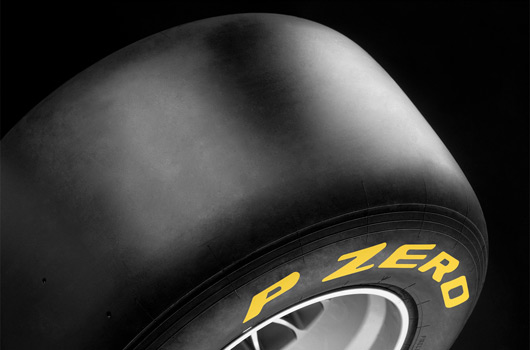

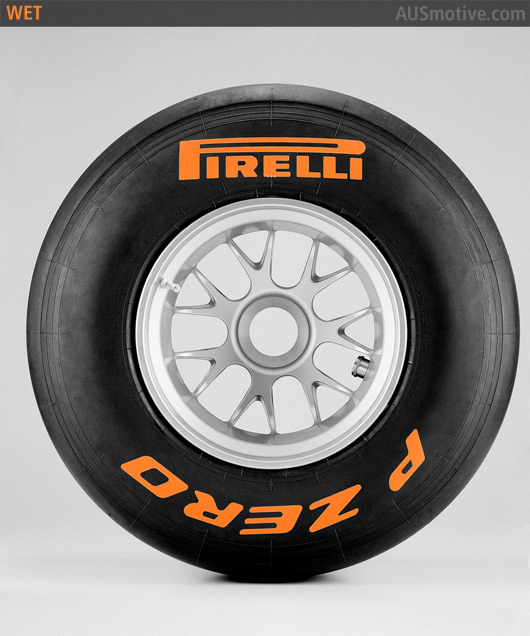
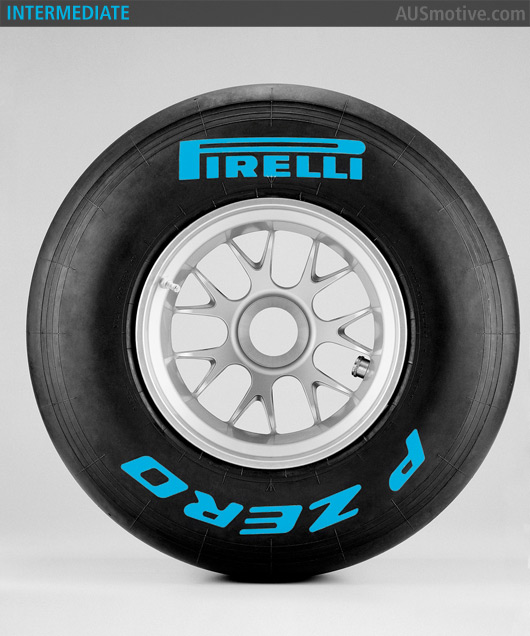
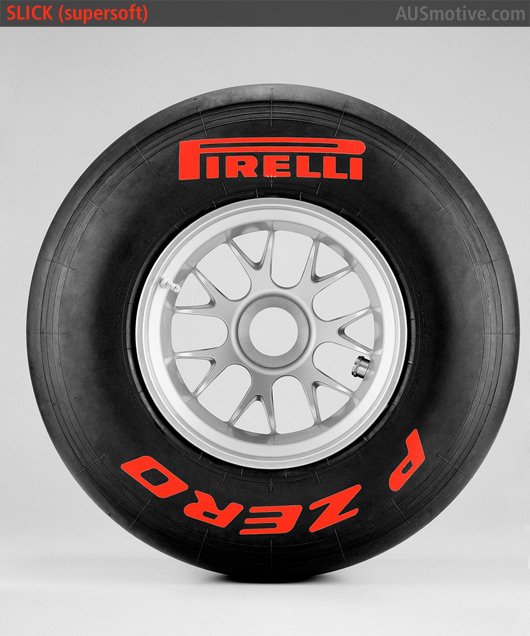
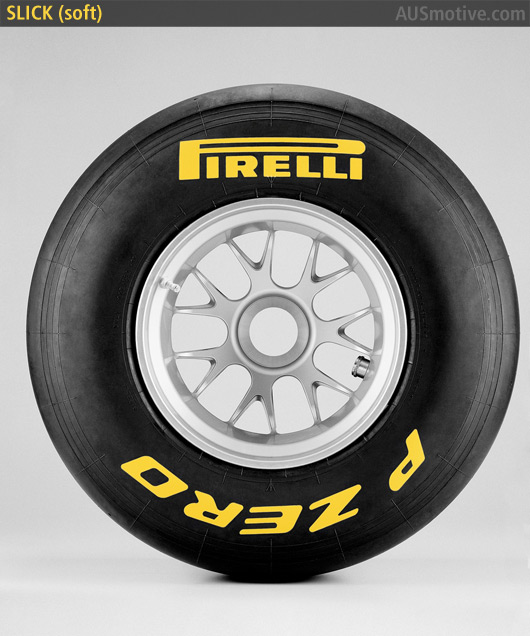
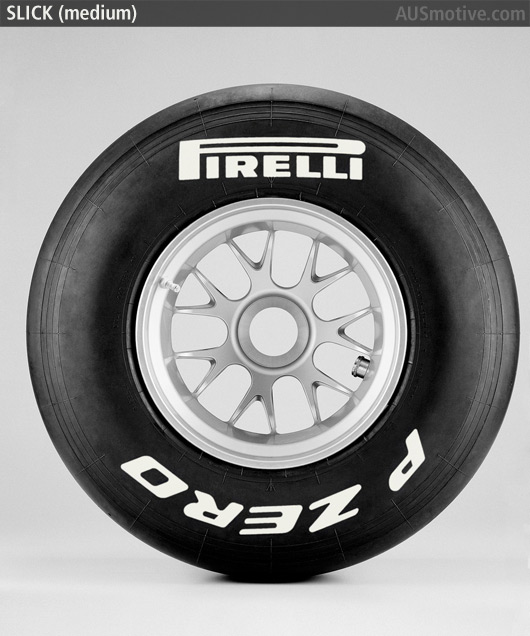
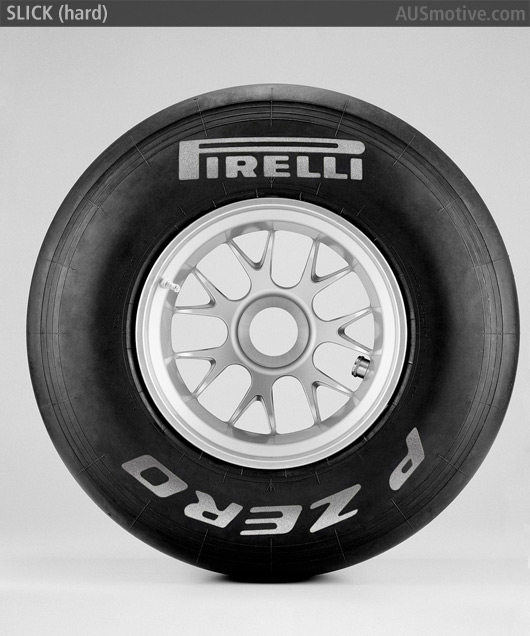
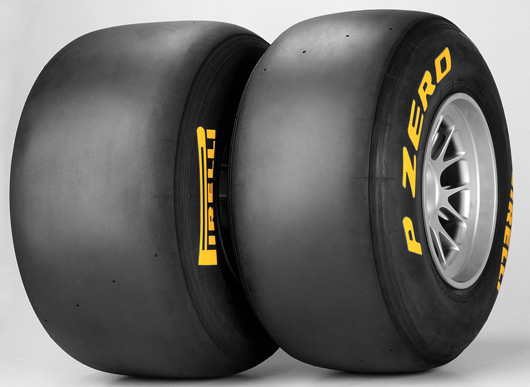
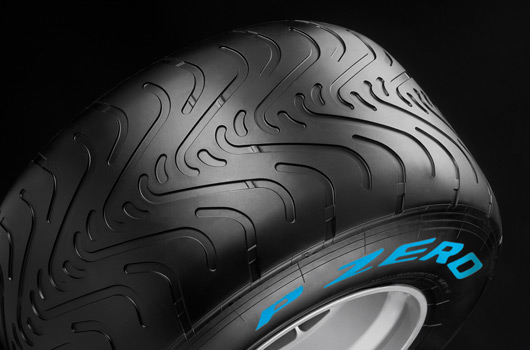
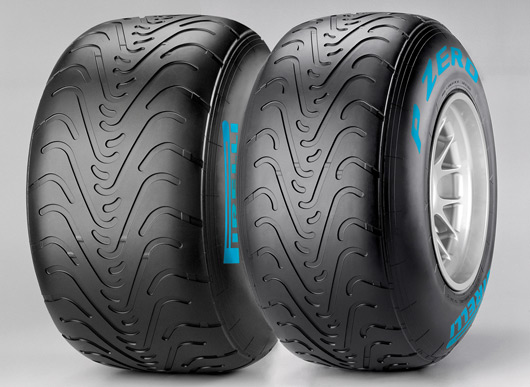
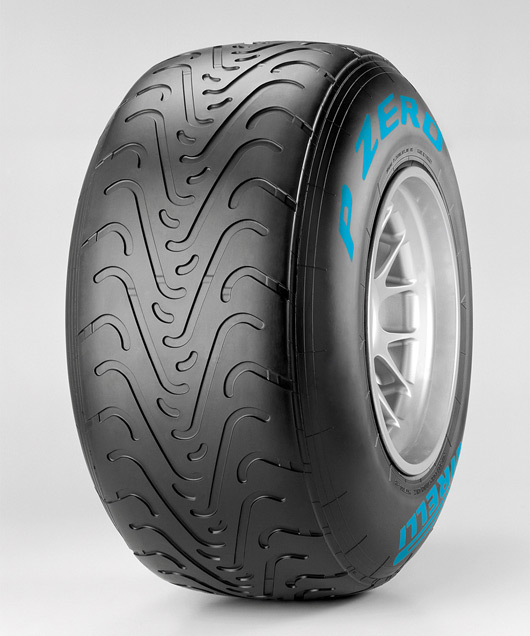
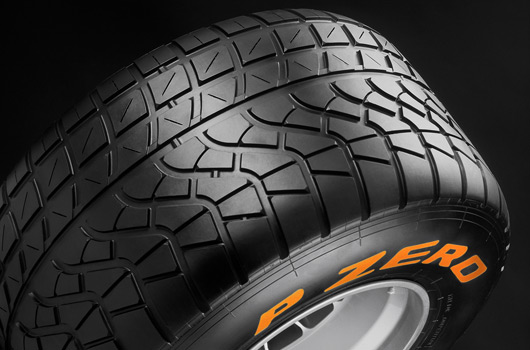
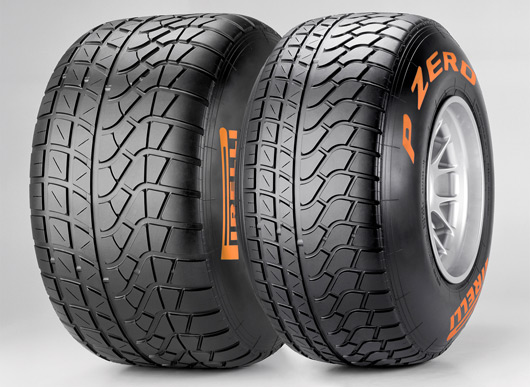
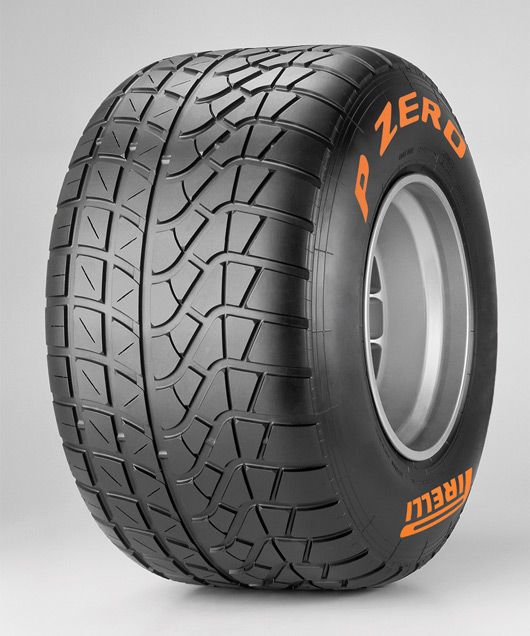
6 replies on “A quick guide to Pirelli’s Formula One tyres”
I’m very impressed with this concept. The only trick is, spotting the difference between Silver and White between GP’s. During a race weekend I don’t think the rules allow for 2 successive dry tyres to be used.
Yep, that’s right. As it currently stands the hards and mediums would not be used on the same weekend. Still, there’s plenty of other colours around, so it still seems a little odd that they used two colours so close to each other.
I’m more concerned about the similarity of the wet (orange) and supersoft, soft (red, yellow) tyres. If it’s a phase of the race where the track is starting to dry you could possibly have some drivers on the wet tyre while others are switching to the dry tyre. Surely they could have used green for the wet tyre so it was different enough to the softer dry tyres and also to the blue intermediate tyres.
[…] two stops compared to his teammate, Mark Webber, who munched his way through three sets of the new Pirelli rubber. Off the pace and one extra stop left the Australian falling well short of expectations back in […]
italian tyres. they should stick to shoes and pizza.
[…] Pirelli has updated its tyre range for the 2012 Formula One season. The most obvious changes are the markings on the side, which hark back to the old Bridgestone look with a bold stripe around the sidewall. Keen observers will also note that the colours used for the intermediate tyres (now green) and full wets (now blue) have changed from the blue and orange used last year. […]